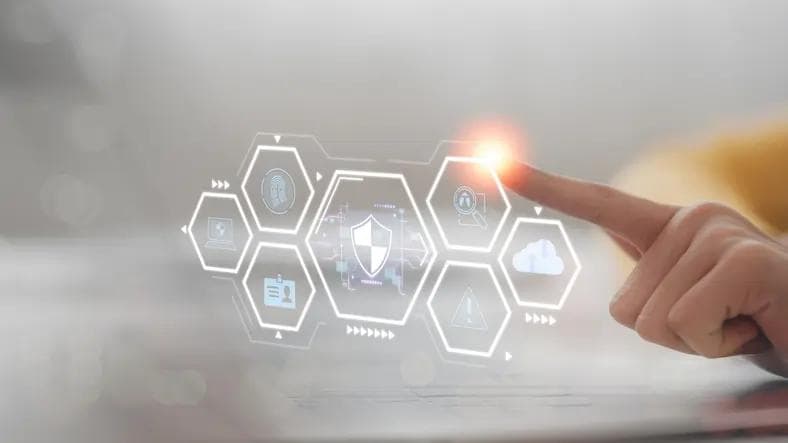PCI DSS 4.0 Simplified: What You Need to Know
PCI DSS 4.0 Simplified: What You Need to Know
Published by Jessica Weisman-Pitts
Posted on June 5, 2024

Published by Jessica Weisman-Pitts
Posted on June 5, 2024

PCI DSS 4.0 Simplified: What You Need to Know
By Katie Paxton-Fear, API Security Researcher for Traceable AI
Attackers are always looking for ways to take advantage of payment information and credit card information, which are among the most valuable data sets that a company has. Attackers frequently use this data directly on other websites, or they bundle it and resell it to other criminals through dark web marketplaces. To protect against these threats, the PCI Security Standards Council established the PCI-DSS, which standardizes security mechanisms within organizations by defining protocols for securing this highly sensitive data. Compliance with the latest version, PCI-DSS 4.0 is set to be released in the near future, and it brings with it several changes that businesses need to be aware of.
Broadly, an organization must create and maintain secure networks and systems, safeguard account data (such as cardholder information and sensitive authentication data like PINs), keep a vulnerability management program in place, put robust access control measures in place, routinely test and monitor networks, and uphold an information security policy to comply with PCI-DSS 4.0. A skilled, independent auditor must evaluate an organization’s PCI-DSS compliance to certify it. But how can businesses fulfill all of these requirements?
First and foremost, organizations must install and maintain network security controls which should be at the core of their security plan. PCI-DSS requires that your networks that handle account data have a clear security policy defining the controls in place, configuration details, restricted access, and any processes and procedures to enable updates and changes. Documentation is just as important as the security controls in place.
Organizations must protect account data. Account data is broadly defined as data either about card holders or that provide authentication mechanisms for a card (for example the magstripe on the back of your card or the PIN code you type into a machine). Storage of this data should be minimal, with authentication data being deleted as soon as authorization is completed. Access to account data should be restricted, secured, and encrypted.
Next, organizations must maintain a vulnerability management program. A vulnerability management program ensures you can react when a vulnerability is discovered and remediate and investigate findings. This includes scanning your software for vulnerabilities, updating any third-party software as soon as it is available, triaging vulnerabilities by severity, and then rescanning after remediation to check that the vulnerability is no longer present.
Organizations must implement strong access control measures. Access control defines what someone has access to and what they don’t. For payment providers this is extremely important, access to account data should be restricted to only those who need to know, even internally in an organization. While it can be tempting to allow anyone access if they ask or sometimes by default, this is extremely risky. Instead, you should look to define a formal access control policy, limiting access by default, and establishing identification and authentication methods to gain any access. This includes not just digital access but also physical access, for example in the case of card cloning machines attached to payment terminals in a retail store.
Organizations must regularly monitor and test networks. After you adopt your network security policy it is important to review and monitor the network. You should conduct regular monitoring activities, with a clear audit log of any payment events. This log should be protected, and regularly reviewed to identify any suspicious activity. Testing should be done regularly, however, this doesn’t need to be from an internal process, you can utilize third-party tests such as an external penetration test.
Finally, organizations must maintain an information security policy. Policies allow you to manage your full environment, ensuring constant compliance with PCI DSS, and that your security is a top priority. In an attack scenario, it becomes simpler to recognize, manage, record, and validate these regulations in writing. This makes it easier to respond effectively, remain calm, and comprehend the incident completely.
Despite the fact that PCI-DSS defines six security areas, managing each one is difficult due to its complexity. Both organizations and any third parties they interact with must remain compliant. The first step toward achieving PCI DSS compliance is to document current policies, procedures, and practices. This makes it easier to find flaws, comprehend requirements, and improve security control all around. Organizations can address each area after the paperwork is created, frequently with the help of outside parties.
Explore more articles in the Technology category











